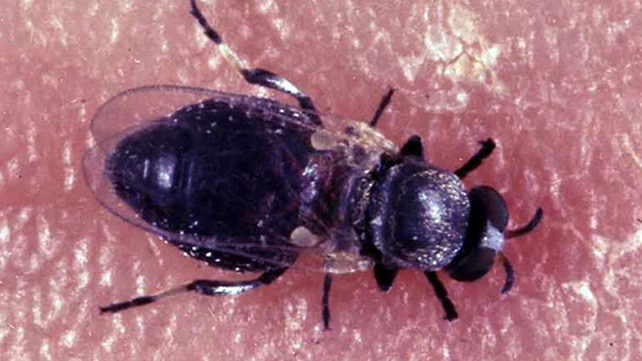About Distributed Denial-of-Service (DDoS) Attack:
- A DDoS attack is a malicious attempt to disrupt the normal traffic of a targeted server, service, or network by overwhelming the target or its surrounding infrastructure with a flood of Internet traffic.
- It is a cyber crime to prevent users from accessing connected online services and sites.
- DDoS attacks achieve effectiveness by utilizing multiple compromised computer systems as sources of attack traffic.
- Exploited machines can include computers and other networked resources, such as IoT devices.
- Unlike other kinds of cyberattacks, DDoS assaults don’t attempt to breach your security perimeter. Rather, a DDoS attack aims to make your website and servers unavailable to legitimate users.
- DDoS can also be used as a smoke screen for other malicious activities and to take down security appliances, breaching the target’s security perimeter.
- How does a DDoS attack work?
- DDoS attacks are carried out with networks of Internet-connected machines.
- These networks consist of computers and other devices (such as IoT devices) which have been infected with malware, allowing them to be controlled remotely by an attacker.
- These individual devices are referred to as bots (or zombies), and a group of bots is called a botnet.
- Once a botnet has been established, the attacker is able to direct an attack by sending remote instructions to each bot.
- When a victim’s server or network is targeted by the botnet, each bot sends requests to the target’s IP address, potentially causing the server or network to become overwhelmed, resulting in a denial of service to normal traffic.
- Because each bot is a legitimate Internet device, separating the attack traffic from normal traffic can be difficult.
Q1: What is Malware?
Malware, or malicious software, is any program or file that is intentionally harmful to a computer, network or server. Types of malware include computer viruses, worms, Trojan horses, ransomware and spyware.
Source: What Is “DDOS Attack” Flagged By Elon Musk That Hit Donald Trump Interview?
Last updated on November, 2025
→ Check out the latest UPSC Syllabus 2026 here.
→ Join Vajiram & Ravi’s Interview Guidance Programme for expert help to crack your final UPSC stage.
→ UPSC Mains Result 2025 is now out.
→ UPSC Notification 2026 is scheduled to be released on January 14, 2026.
→ UPSC Calendar 2026 is released on 15th May, 2025.
→ The UPSC Vacancy 2025 were released 1129, out of which 979 were for UPSC CSE and remaining 150 are for UPSC IFoS.
→ UPSC Prelims 2026 will be conducted on 24th May, 2026 & UPSC Mains 2026 will be conducted on 21st August 2026.
→ The UPSC Selection Process is of 3 stages-Prelims, Mains and Interview.
→ UPSC Result 2024 is released with latest UPSC Marksheet 2024. Check Now!
→ UPSC Prelims Result 2025 is out now for the CSE held on 25 May 2025.
→ UPSC Toppers List 2024 is released now. Shakti Dubey is UPSC AIR 1 2024 Topper.
→ UPSC Prelims Question Paper 2025 and Unofficial Prelims Answer Key 2025 are available now.
→ UPSC Mains Question Paper 2025 is out for Essay, GS 1, 2, 3 & GS 4.
→ UPSC Mains Indian Language Question Paper 2025 is now out.
→ UPSC Mains Optional Question Paper 2025 is now out.
→ Also check Best IAS Coaching in Delhi

















